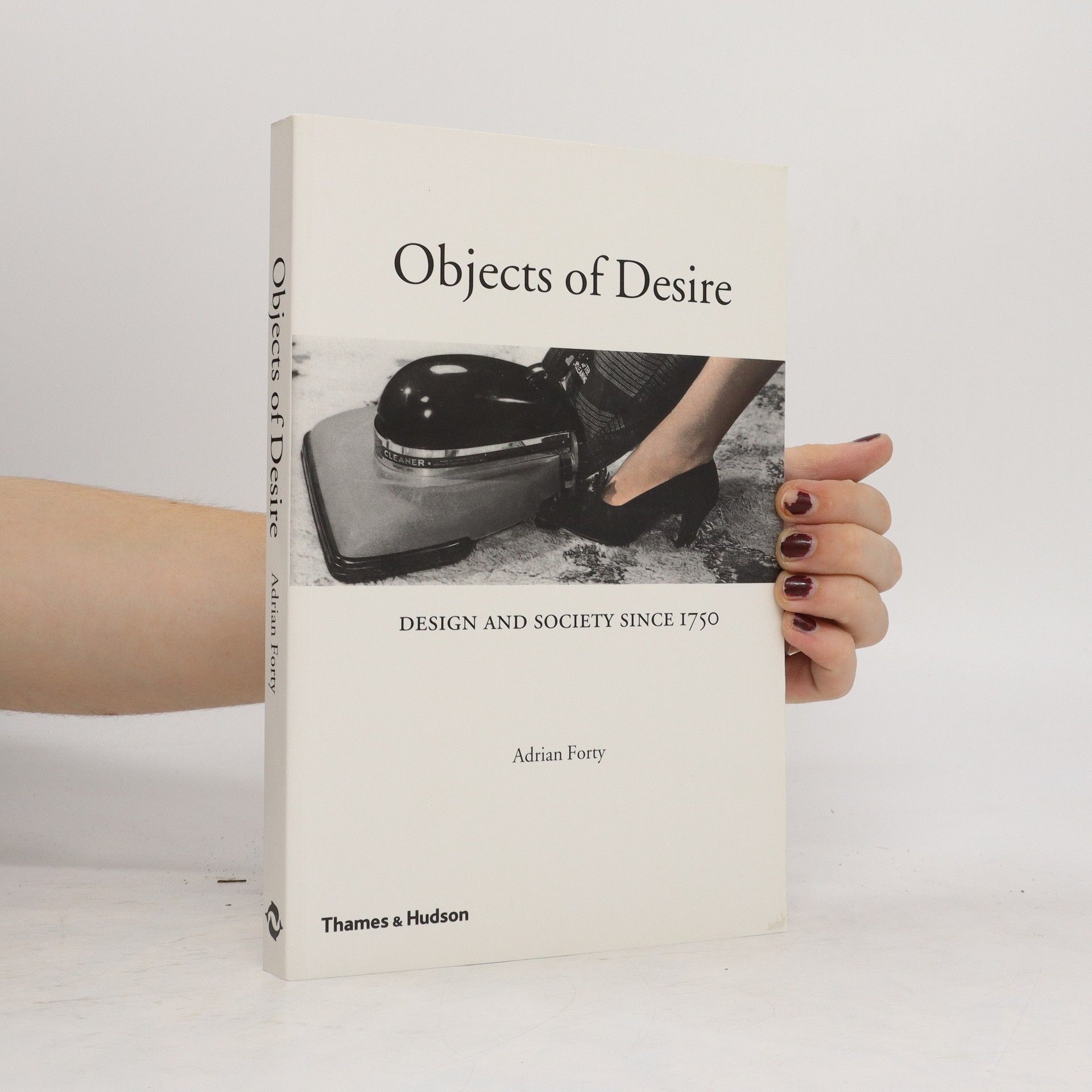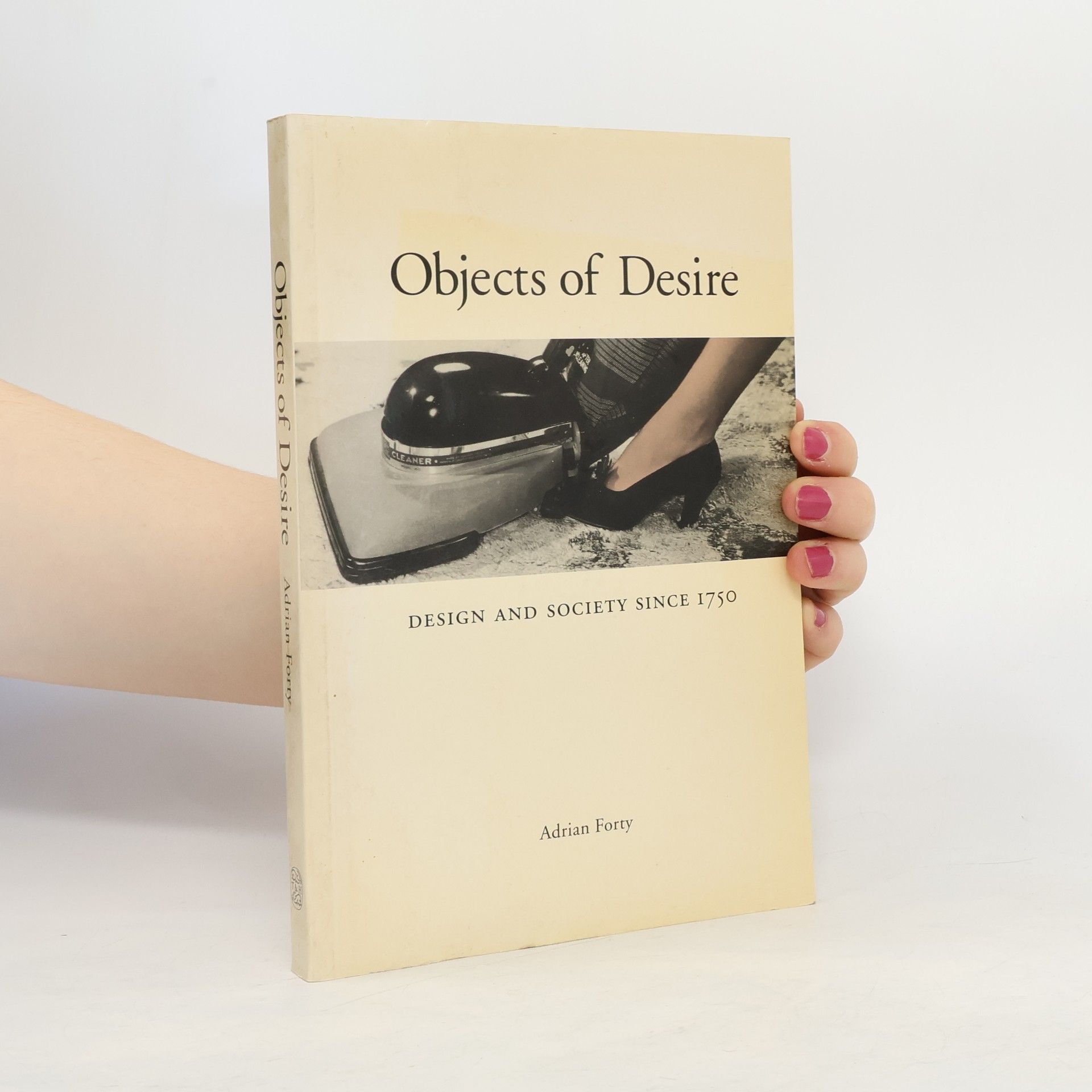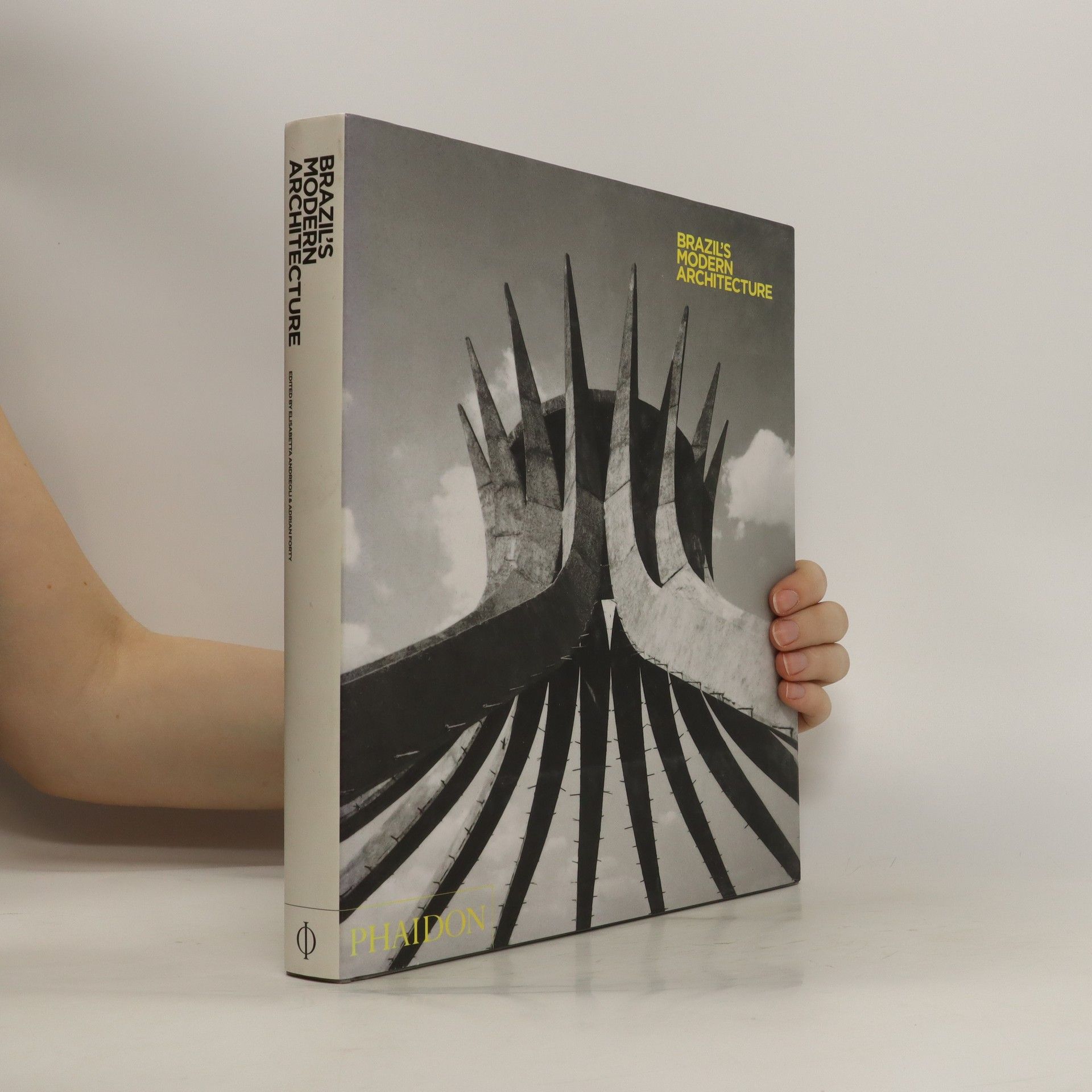Words and buildings: A vocabulary of modern architecture
- 336pages
- 12 heures de lecture
Available again, a wholly original study of the complex relationship between architecture and language that has changed and enriched the way we think and talk about architecture.The words we use when we talk and write about architecture describe more than just bricks and mortar they direct the ways we think of and live with buildings. This groundbreaking book is the first thorough examination of the complex relationship between architecture and language as intricate social practices. Six rigorously argued chapters investigate the language of modernism, language and drawing, masculine and feminine architecture, language metaphors, science in architecture, and the social properties of architecture. There follows a vocabulary of key words such as Character, Form, History and Space, locating each words modern meaning within an historical and theoretical framework, and setting out clearly its development and relevance for architects, historians, philosophers, critics and the users of the buildings themselves. Architects should be made to read Words and Buildings Architecture Today Unusually clear and accessible Students of all kinds will love this book The Architectural Review A forceful, clear and sophisticated exposition of the role of conceptual thought in architectural discourse The Architects Journal




